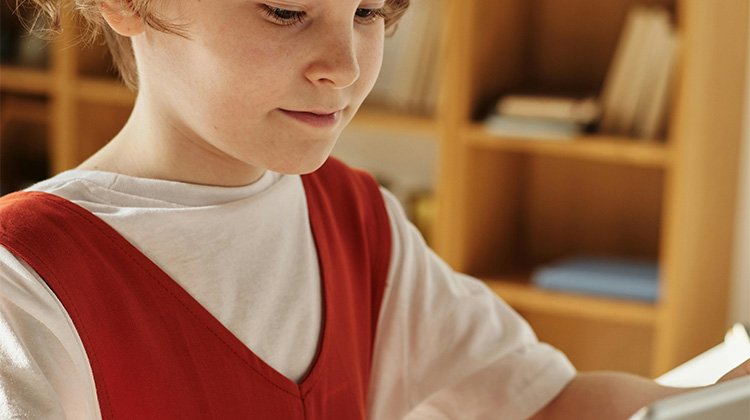Digital Reading Isn’t the Enemy. It’s Literacy Reimagined.

At first glance, a teenager curled up with a screen at 8 pm might appear to be wasting time. But dig a little deeper, and that glowing tablet could just as easily be a gateway to reading. As Australian schools rethink what literacy looks like in the 21st century, they are discovering that digital tools aren’t always the distraction they’re made out to be. In fact, digital reading platforms are becoming indispensable allies in the fight against declining reading rates and widening learning gaps.
From regional New South Wales to classrooms in Melbourne and Brisbane, students are embracing platforms and devices that allow them to read on their terms. Whether that’s an audiobook on the school bus, a graphic novel before bed, or a science textbook accessed via a browser at home, digital reading is allowing young Australians to engage with literature more flexibly and meaningfully than ever before.
The stakes are high. Research shows that children who read more frequently perform better across all academic subjects, not just English. Reading also supports mental health and wellbeing, helping children build important social and emotional skills such as empathy, self-regulation, and resilience. In a time when one in three Australian children isn’t meeting reading or writing benchmarks, digital reading platforms have the power to engage young minds with the tools they need to thrive.
The Shift from Page to Screen
Digital reading isn’t a replacement for traditional literacy, but an evolution of it. As more Australian schools lean into this change, the benefits are becoming harder to ignore: higher engagement, better accessibility, and a renewed love of reading among students who might otherwise be left behind.
According to OverDrive data from the 2023-2024 school year, reading sessions on our school digital reading platform Sora were up by 10% year on year, with students increasingly turning to their devices for access to fiction, non-fiction, and curriculum-aligned titles. While the majority of books were opened in ebook format (85%), audiobooks remained a strong presence, comprising 11% of all titles accessed.
This ability to access books digitally is particularly vital in a country as vast and varied as ours, where students in remote areas can face barriers to physical libraries or struggle to find material they enjoy. In these contexts, digital platforms offer a lifeline. A student in Dubbo, for example, can borrow the same book as their counterpart in Sydney, ensuring that reading is more equitable and accessible no matter who you are or where you’re from.
Closing the Learning Gap
In the classroom, digital platforms can help bridge the learning gap for students who require extra support or assistance while reading. Platforms like Sora support a broad range of learners, including those with dyslexia, ADHD, or other learning differences, by offering a range of customisation options, such as different font styles, spacing configurations and auditory supports. This ability to tailor each student’s learning experience empowers them to access content in the format that works best for them, keeping them engaged in the learning process.
These tools don’t just benefit students in the classroom. Students who once struggled to read for leisure and enjoyment often find digital platforms a great way to find content they really enjoy. This often includes formats such as comics, manga, and magazines that have historically been dismissed in school settings but are proving effective at building comprehension and stamina.
And it’s not just reluctant readers who benefit. Teachers are also using digital platforms to enrich the reading experience of high achievers, providing access to wider reading materials that go beyond the standard textbook.
Despite these benefits, many educators remain sceptical about digital reading platforms and their place in the classroom. But in a world where screen time is often seen as a threat to young minds, the opportunity to build an educational, empowering relationship with digital media shouldn’t be underestimated.
The key to embracing the innovative power of these platforms, however, is to stop thinking in binaries. It’s not about screens versus pages, but about access, choice, and engagement. The challenge now is for school leaders, policy-makers, and educators to ensure that these tools are used strategically and equitably, so that every student, whether they’re in a capital city or in a rural town, has the opportunity to fall in love with reading.
Because at the end of the day, it doesn’t matter if it’s a paperback, a tablet, or a pair of headphones - if a student is reading, they’re learning. And that’s a win for everyone.